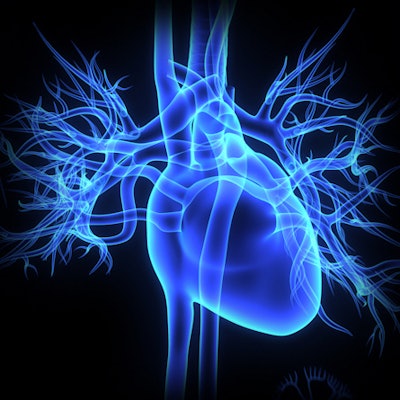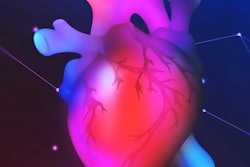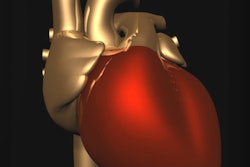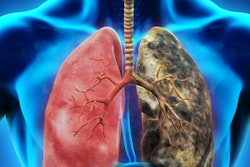
Assessing coronary artery disease (CAD) on the CT scans of patients with lung cancer can help clinicians identify which patients require surgery for both the heart and lungs, according to research published online August 16 in the Thoracic and Cardiovascular Surgeon.
Lung cancer and CAD are associated with many of the same risk factors -- including aging and smoking -- and patients with both of these conditions tend to have increased morbidity after lung cancer surgery, noted senior author Dr. Han Liu and colleagues from the Affiliated Hospital of Southwest Medical University in China.
The presence of CAD may limit or restrict treatment options for lung cancer and vice versa, they wrote. Thus, clinicians may need to rule out CAD in patients who require lung nodule resection before electing to perform the procedure.
To better understand the relationship between lung cancer and CAD, Liu and colleagues examined data from 145 patients with non-small cell lung cancer (NSCLC) and possible CAD who underwent a dual-source cardiac CT angiography (CCTA) exam. The average age of the patients was 70 years.
Two radiologists independently reviewed each of the CT scans for coronary artery plaques, stenosis, and structural abnormalities. They reported the presence of 295 plaques in 130 (89.7%) of the patients. The majority of these plaques were calcified (52.9%) and were in the left anterior descending artery (45.4%). They also noted obstructive stenosis in 27.1% of the patients.
Upon further analysis, the researchers discovered a statistically significant difference in the number of diseased vessels and plaques between men and women, as well as between smokers and nonsmokers (p < 0.05).
| Comparison of CAD between different sexes and smoking conditions on CCTA | ||
| Women | Men | |
| No. of diseased blood vessels | 1 | 1.7 |
| No. of plaques | 1.6 | 2.5 |
| Nonsmokers | Smokers | |
| No. of diseased blood vessels | 1.1 | 1.6 |
| No. of plaques | 1.6 | 1.9 |
The patients with lung cancer who had severe stenosis on their CT angiography scans were likely candidates for both coronary revascularization and lung resection, according to the authors. Patients with CAD and lung cancer have the difficult task of choosing between undergoing heart and lung surgery in a single operation or undergoing separate operations.
"[Dual-source cardiac CT angiography] provided the necessary preoperative information about arteriosclerotic lesions of the coronary arteries in patients with lung cancer before lung resection," the authors concluded. "It can help the surgeon to plan the management strategy and to stratify the risk of postoperative complications and mortality."




















